Who has the right of way: Seaplane or Boat?
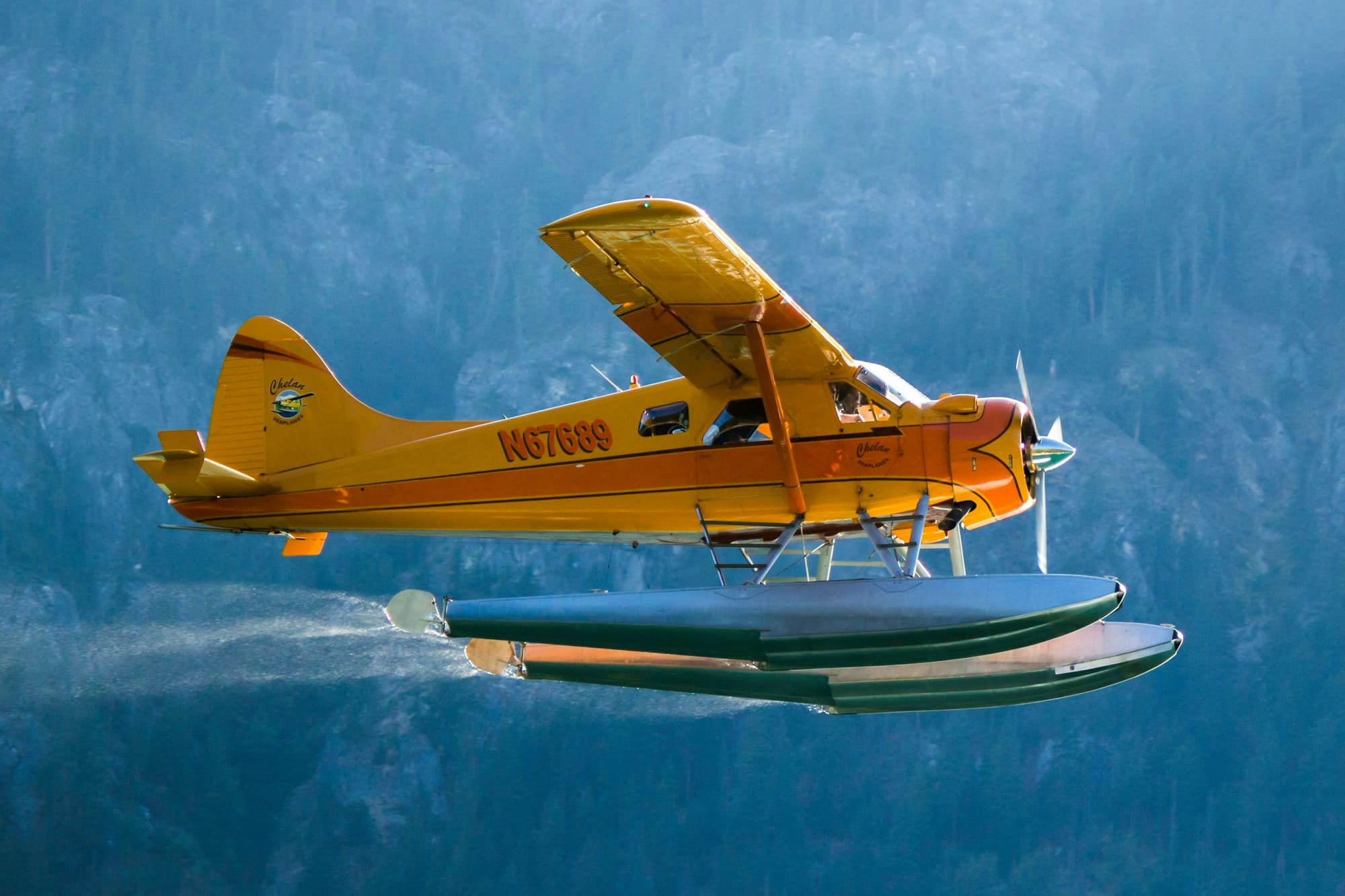
When it comes to navigating waterways, understanding the rules of right of way is crucial for ensuring safety and preventing accidents. This is especially important when different types of vessels, such as seaplanes and boats, share the same space.
The question of who has the right of way—a seaplane or a boat—can be complex, as it involves both maritime and aviation regulations. Here’s a closer look at how these rules apply and what they mean for those on the water.
General Right of Way Rules
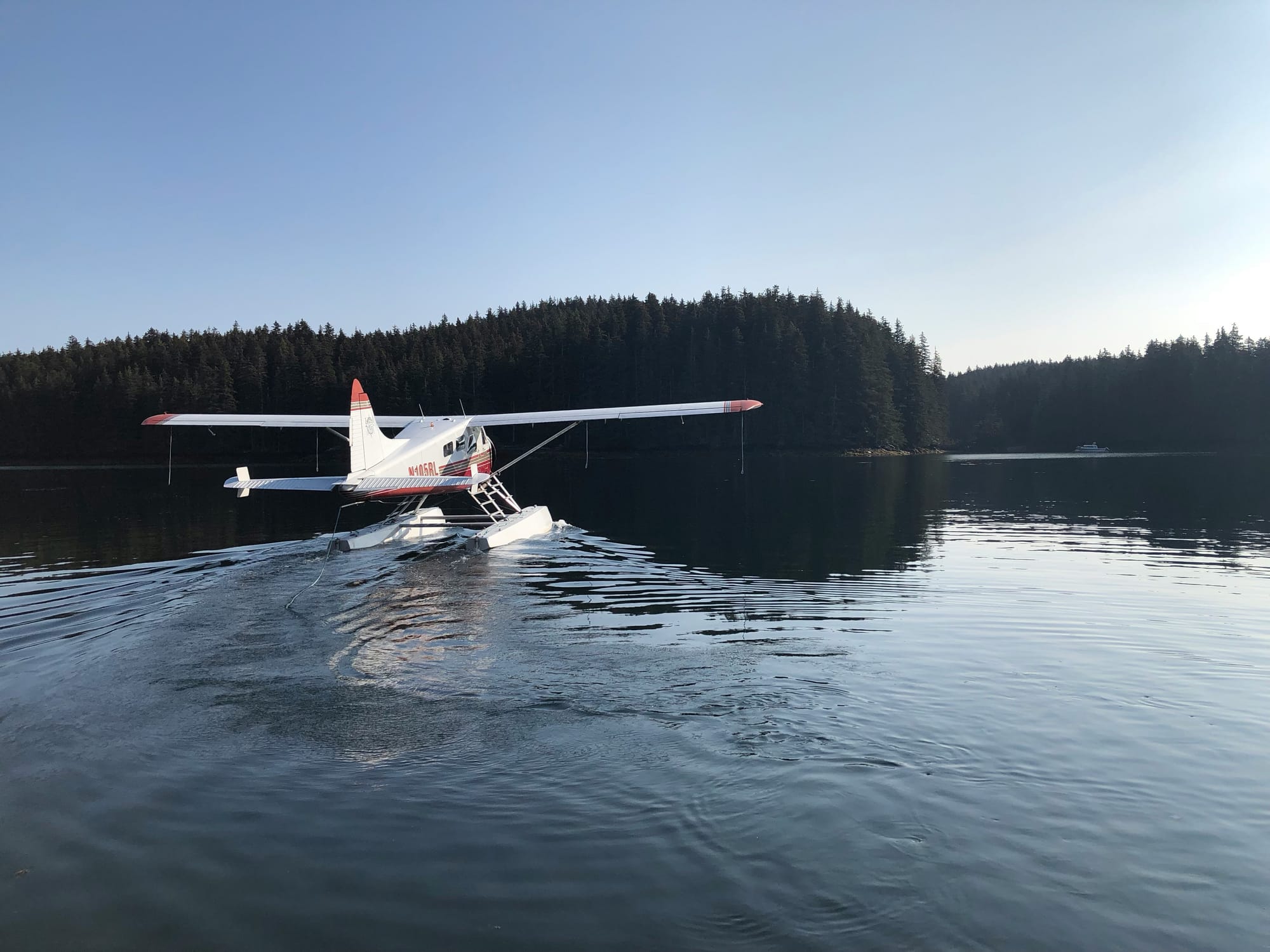
In general maritime practice, the rules of the road (or rather, the water) are set forth by the International Regulations for Preventing Collisions at Sea (COLREGs), which are also adopted by many national authorities. These rules establish the hierarchy of right of way, primarily based on the maneuverability of the vessel:
- Vessels Not Under Command (NUC) or Restricted in Their Ability to Maneuver (RAM): These vessels have the highest priority.
- Vessels Constrained by Draft: These vessels are next in the hierarchy.
- Fishing Vessels: Engaged in fishing activities that restrict their ability to maneuver.
- Sailing Vessels: Under sail alone.
- Power-Driven Vessels: Includes motorboats and other craft propelled by machinery.
- Seaplanes: When operating on the water.
From this hierarchy, it’s clear that seaplanes, when on the water, generally have the lowest priority. They must give way to all other types of vessels, from those not under command to power-driven boats.
Special Considerations for Seaplanes
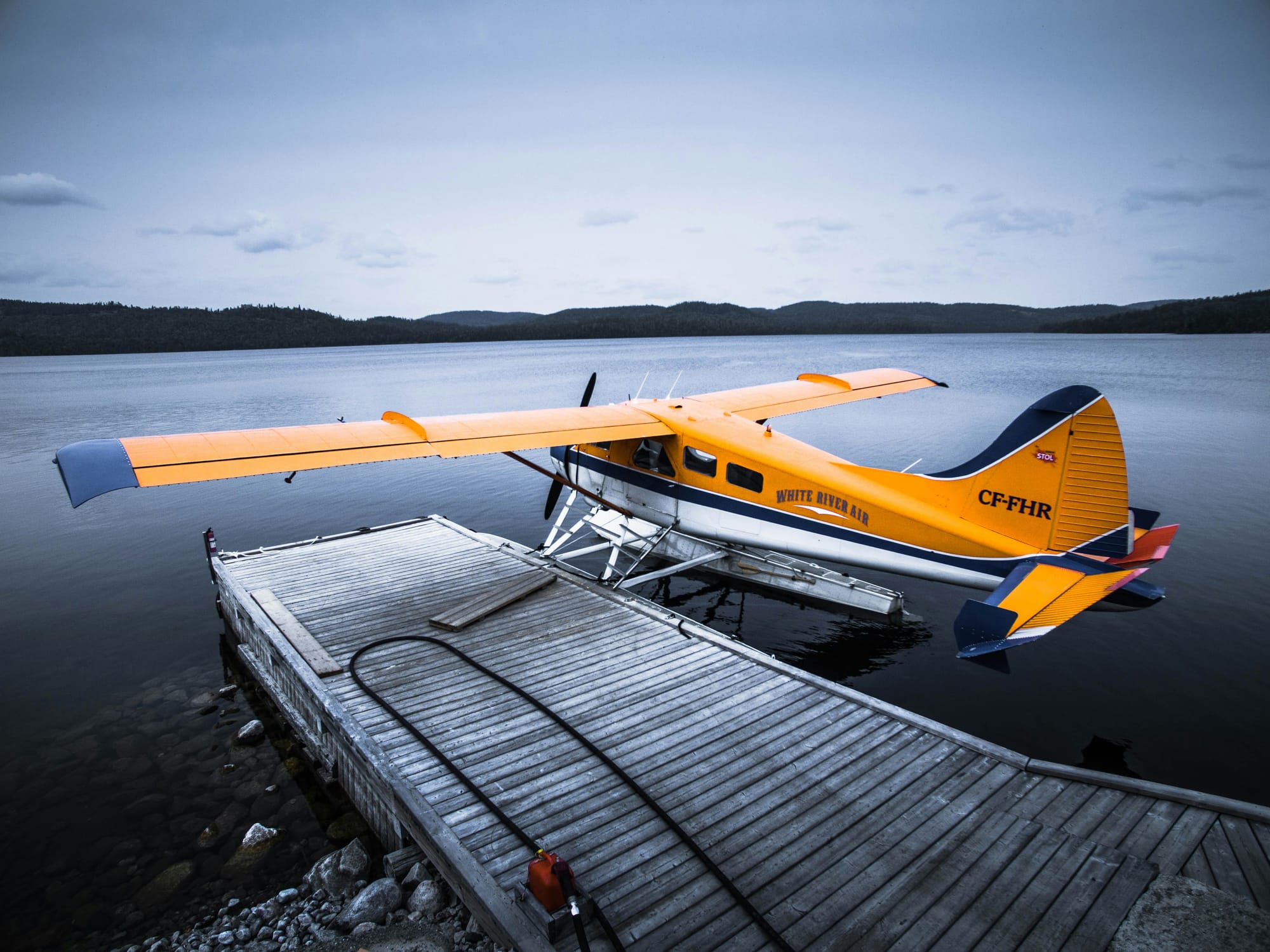
Seaplanes are unique in that they operate both in the air and on the water, and their operational needs can affect their right of way status. According to the COLREGs and various national regulations:
- On the Water: A seaplane on the water is treated as a vessel and must adhere to the same right of way rules as any other power-driven vessel. This means that seaplanes must generally yield to other boats and vessels.
- Taking Off and Landing: When a seaplane is taking off or landing, it is often given special consideration due to its need for a clear and unobstructed area. In such cases, other vessels should avoid impeding the seaplane's path. This is akin to yielding to an aircraft on a runway at an airport.
Practical Scenarios
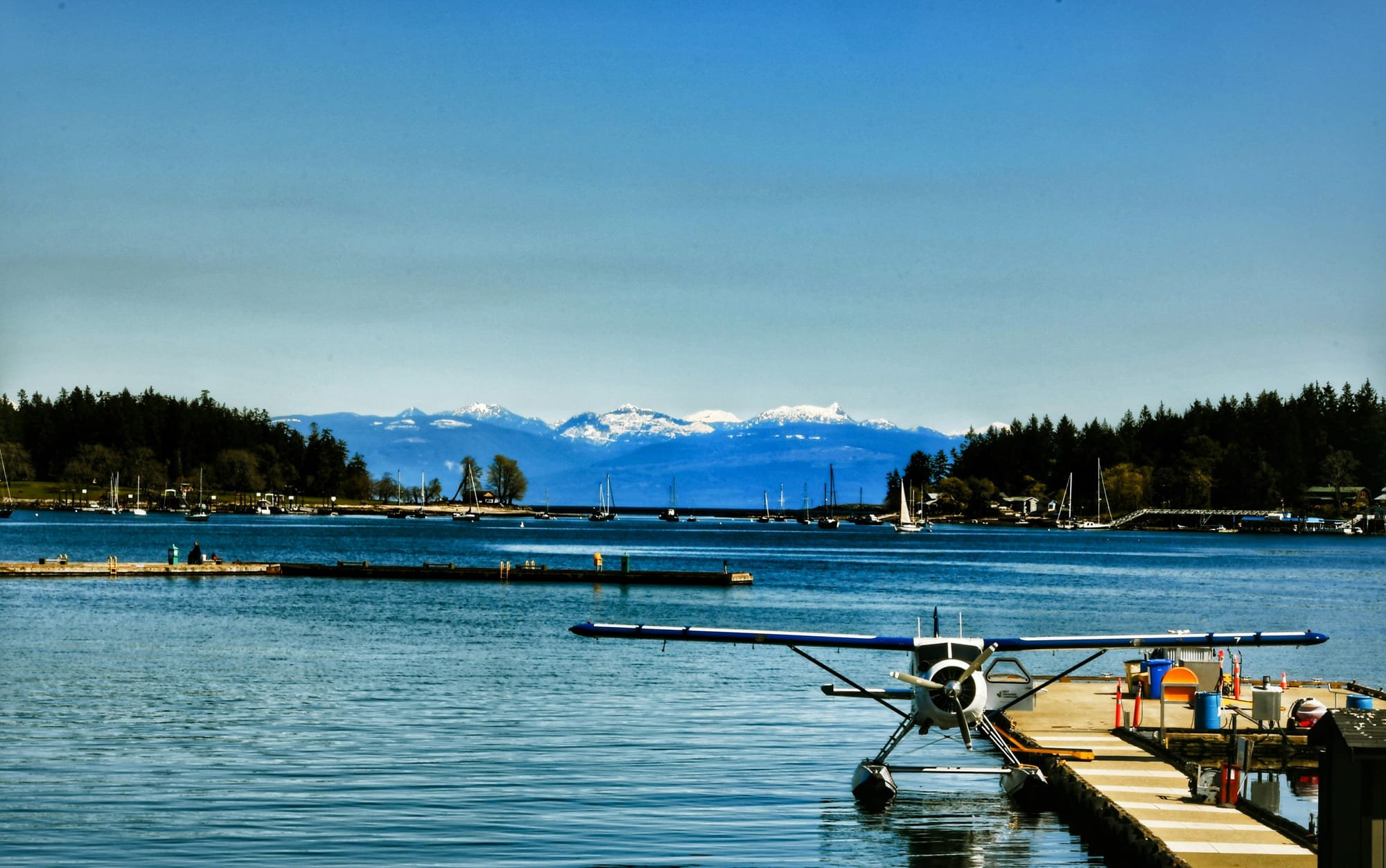
- Seaplane Taxiing on Water: When a seaplane is taxiing on the water, it is considered a power-driven vessel. It must follow the same navigation rules, giving way to vessels lower in the hierarchy and maintaining a proper lookout.
- Seaplane Taking Off or Landing: Other vessels should remain clear of the area to avoid collision. While seaplanes should attempt to minimize disruption and avoid congested areas for takeoffs and landings, boats and other watercraft should yield in these situations to ensure safety.
- Seaplane vs. Powerboat: If a seaplane and a powerboat are on a potential collision course on the water, the powerboat typically has the right of way. However, common sense and safety considerations should prevail, with both operators taking actions to avoid a collision.
Legal Framework
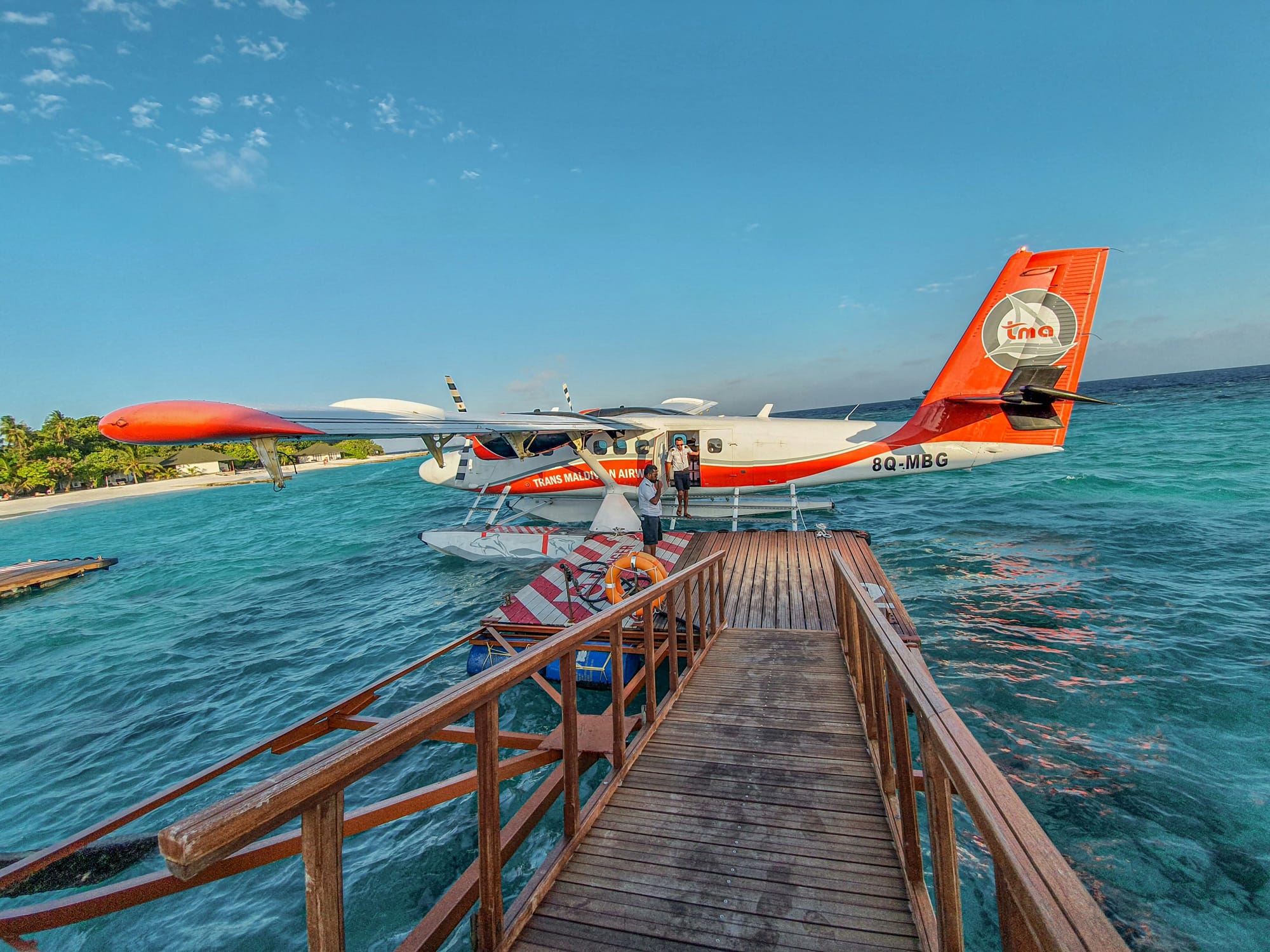
Regulations governing the right of way for seaplanes and boats may vary slightly by country, but the overarching principles remain consistent. In the United States, for example, the Federal Aviation Administration (FAA) and the U.S. Coast Guard provide guidelines that reflect these international standards.
For all mariners and aviators, the key to safe operation lies in:
- Vigilance: Maintaining a constant lookout for other vessels and obstacles.
- Communication: Using appropriate signals, such as sound signals or radio communication, to convey intentions.
- Compliance: Adhering to local and international navigation rules and regulations.
Final Thoughts
Understanding who has the right of way between a seaplane and a boat is essential for safe navigation on shared waterways. While seaplanes generally must yield to boats when on the water, exceptions are made during takeoff and landing to ensure safety. By following established rules and exercising good judgment, both seaplane pilots and boat operators can coexist safely on the water.





